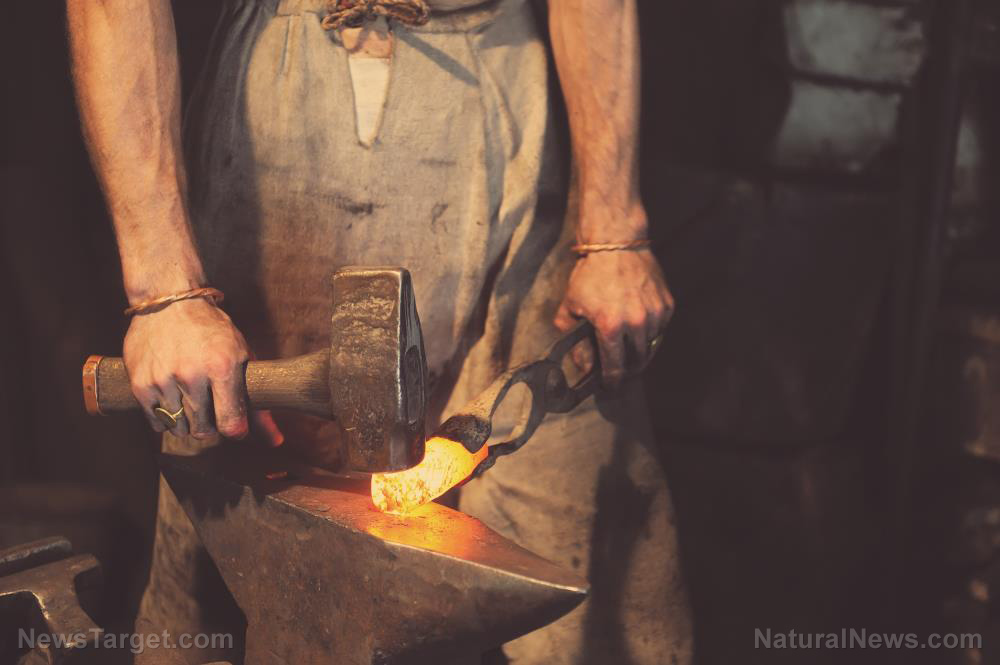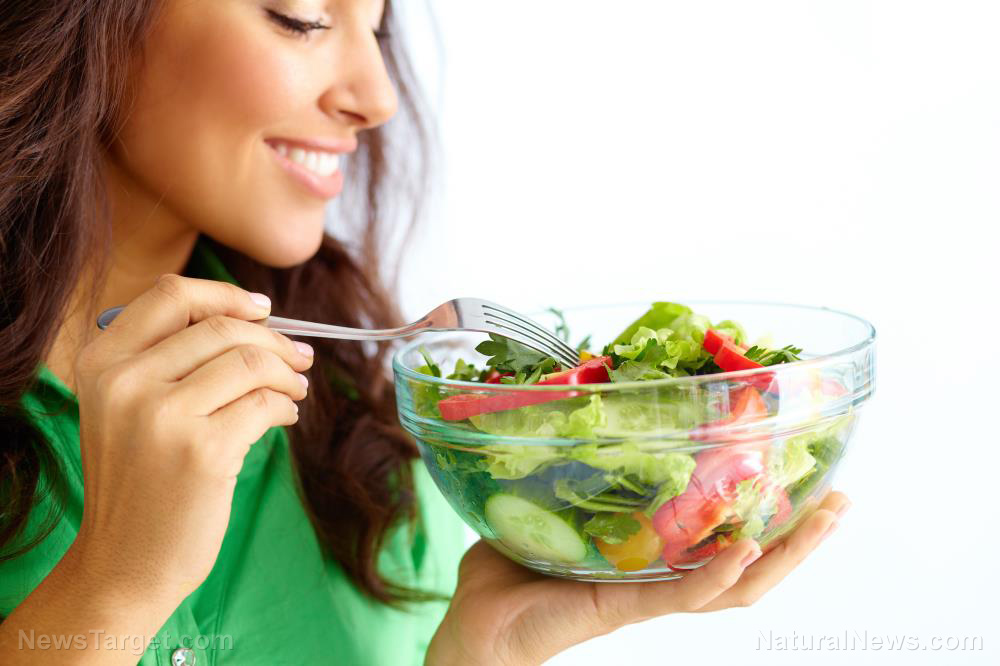Time-saving hacks for beginners starting a home garden
By zoeysky // 2022-12-05
Tweet
Share
Copy

Gardening can be a time-consuming endeavor and this can discourage many people who want to start a home garden. However, if you're new to gardening you can try some time-saving tips to make the most of your new garden.
If you're busy, start by setting up an efficient watering system to save time and utilize shade or partial-shade areas on your property to maximize your growing space.
Soil quality is important
Before you plant anything, find out what kind of soil you're working with. This information can help you determine which types of gardens to plan. Conduct an in-home soil test or take a soil sample to your local extension office and see if they will test it. Sandy and loamy soil If your property has sandy soil, you will need to bring in organic materials and compost. In some cases, it might be better to have sandy soil than rocky soil because rocks don't break down over time. Rocky soil Depending on how rocky your garden soil is, you can sometimes bring in heavy machinery or a shovel and wheelbarrow. Use a sifting screen to sift out the rocks from the dirt. If this is not an option or your area is too large for manual sifting, it might be better to try raised bed gardening instead You can also use grow bags because this unique growing medium doesn't require a permanent place for growing, but allows you to grow a lot of produce. Here are some tips to keep in mind if you want to try using grow bags: Choose the right crops to plant in grow bags Grow bags limit the size of the roots and available water, and certain plants are better suited to growing in grow bags than others. When choosing what to plant in grow bags, look for "dwarf" varieties or smaller versions of full-size plants. You can also look for "bush" or "compact" varieties instead of vining types. Crops that grow well in grow bags include:- Arugula
- Beets
- Carrots
- Cucumbers
- Eggplant
- Green onions
- Kale
- Lettuce
- Peppers
- Potatoes
- Radishes
- Strawberries
- Basil
- Calendula
- Cilantro
- Dill
- Garlic
- Ginger
- Oregano
- Parsley
- Rosemary
- Sage
- Thyme
- Turmeric
Pros and cons of raised-bed gardening
Here are some things to consider if you want to try raised-bed gardening: Pros- You can grow anything in a raised-bed garden as long as the bed is deep enough for the roots of the plant you want to grow.
- If you're working with poor-quality soil, it is sometimes more affordable and easier to build raised beds and add high-quality soil so you can start growing crops immediately instead of waiting months or even years to build up the in-ground soil with amendments.
- Raised beds, even those only a foot or two off the ground, can be easier to garden in so you don't have to bend over too far, which can hurt your back or knees. (Related: 5 Tips for successful raised bed gardening.)
- The initial investment of building raised beds and bringing in garden soil can be cost-prohibitive, especially if you want to build several beds.
- Raised beds are a permanent fixture and generally can't be moved once established.
Things to consider before planting fruit trees
Perennial berry bushes and fruit trees may take a while to bear fruit. It's best to plant them as early as possible so you can enjoy their fruit. Here are some factors to consider when planting fruit trees or berry bushes:- If you live in a city that sprays chemicals along the roadsides to keep weeds from growing, choose a different spot for your trees.
- If animals like deer or squirrels might be an issue, consider using deterrents to protect your plants.
- Washout might inhibit the health of your trees or bushes. Is there potential for erosion or washout based on the grade of the road?
- Native plants like elderberry should be planted in shady or wooded edges.
More time-saving gardening tips
Here are more time-saving gardening tips for beginners:- Prevent or reduce weeds by laying mulch, cardboard or other material.
- Trellis at the time of planting.
- Watering by hand can be therapeutic, but it also takes a long time. To save time, set up an efficient watering system for your garden.
More related stories:
Gardening tips: Learn about secondary nutrients that help nourish your garden plants. Home gardening tips: How to grow onions from seed. Home gardening tips: How to grow flowers and vegetables in bucket planters. Sources include: MelissakNorris.com GrowingInTheGarden.com Brighteon.comTweet
Share
Copy
Tagged Under:
preparedness prepping organic farming survival prepper homesteading green living off grid sustainable living tips home gardening crops organics harvest how-to goodfood
You Might Also Like
Government, media blame climate change for skyrocketing vegetable prices
By Ethan Huff // Share
Wilderness survival: What to do if you get lost in the woods during winter
By Zoey Sky // Share
Recent News
An invisible assault: How everyday heavy metals sabotage brain health
By willowt // Share
Pentagon warns of China's rapidly expanding nuclear arsenal
By kevinhughes // Share
FCC grounds new Chinese drones in sweeping security move
By avagrace // Share
The methylation switch: Scientists identify diet that can turn back the cellular clock
By jacobthomas // Share
Renaissance or Ruin: A wake-up call for cultural revival and self-sufficiency
By kevinhughes // Share
Weight loss in midlife may trigger brain inflammation, study finds
By avagrace // Share











